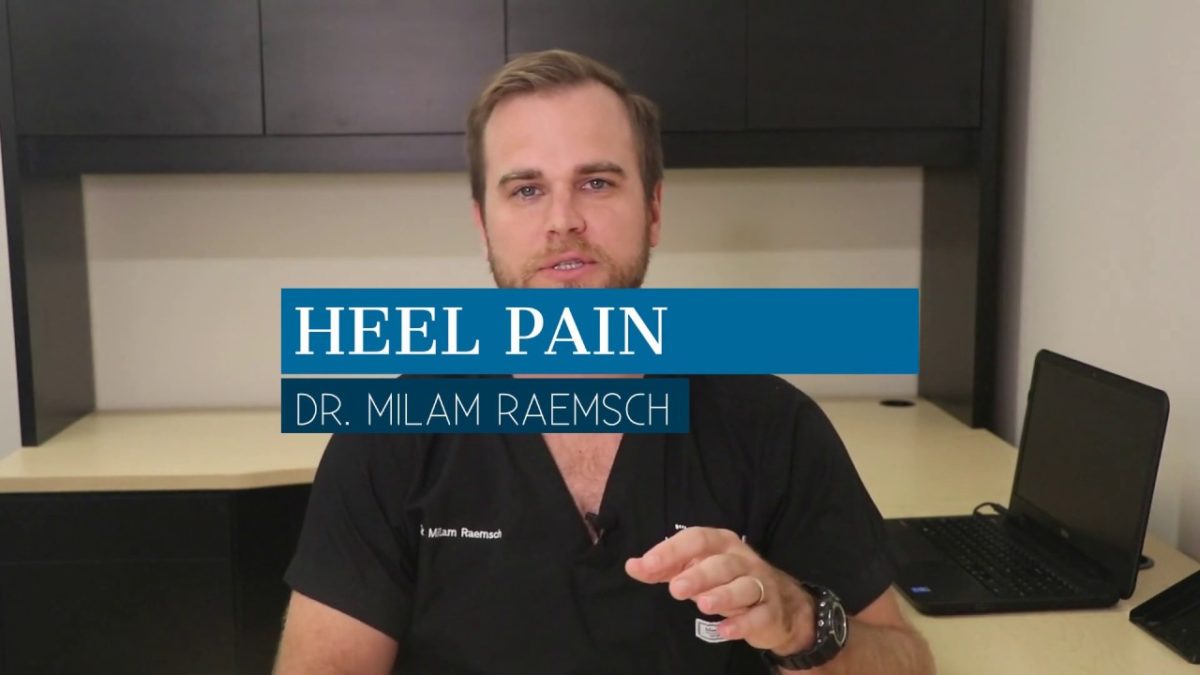Heel pain treatment is mostly associated with runners and athletes but is equally relevant for the everyday person as well. Before getting into the details of Heel Pain Treatment, we need to first understand the different reasons for and the causes of heel pain.
Heel Pain Treatment – The Causes of Heel Pain
Heel pain is normally caused because of inflammation and/ or injury to the tissue commonly called the Plantar Fascia. This is a thick ligamentous or fibrous tissue which runs from the bottom of the heel to the ball of the foot. This tissue is in the form of a band and is elastic.
The most effective and conservative heel pain treatment is the use of custom-made orthotics or shoe inserts. The use of plantar fasciitis orthotics for heel pain treatment is considered as a “gold standard” as it is accepted by the majority of practicing medical professionals as the best available treatment. These orthotics or shoe inserts are made up of thin, state-of-the-art materials and extremely comfortable and shock-absorbent.
The orthotics help in Heel pain treatment in the following manner:
- The orthotics stabilize the foot by using uniquely placed “posts” or stabilizers, deep heel cups and/ or wedges. These apertures reduce the strain on the plantar fascia, causing the inflammation to heal.
- The orthotics provides the necessary amount of arch support thereby assisting in the heel pain treatment.
- The custom-made orthotics support the heel and increases the ability to absorb shock and help in heel pain treatment.
- The thin, cushiony and durable custom-made orthotics cushion the heel, thereby protecting it. This helps in the heel pain treatment.
Additional Forms of Heel Pain Treatment
If the orthotics fail to ease the pain, it may be advised to try laser treatment. This type of treatment is non-invasive and is achieved with the help of low-energy lasers directly focused on the afflicted area. A laser is directed on the afflicted area, which bypasses the blood stream and delivers high power, bio-available infra-red lasers. This focussed energy is used by the cells to repair themselves, thereby reducing the inflammation and encouraging oxygenated blood to supply the essential nutrients to the tissues.
The second and equally important phase of the heel pain treatment is the process of stabilizing the arch, which corrects the foot and the gait mechanics. This stabilization process then uses the orthotics or shoe inserts, which have been explained earlier. The use of orthotics as a heel pain treatment is further augmented by a simple series of stretching and strengthening exercises.
There are some other forms of heel pain treatment also available, which are equally effective but one needs to first consult a qualified chiropractor or podiatrist. Injections of cortisone or corticosteroids are known to reduce inflammation and are extensively used as a heel pain treatment. Another latest development in heel pain treatment is the use of high pressure sound waves also known as Extracorporeal Shock Wave Therapy. Of course, the final type of heel pain treatment is surgery but it is best advised to leave it as the last option to be tried if all else fails.
Alternative Heel Pain Treatment
There is an alternative to all of this which is guaranteed to completely eliminate your heel pain for good! Take a look at Plantar Fasciitis Tips to discover that all it takes is 5 simple, easy to follow techniques that you can do from the comfort of home…without any special exercise equipment!
